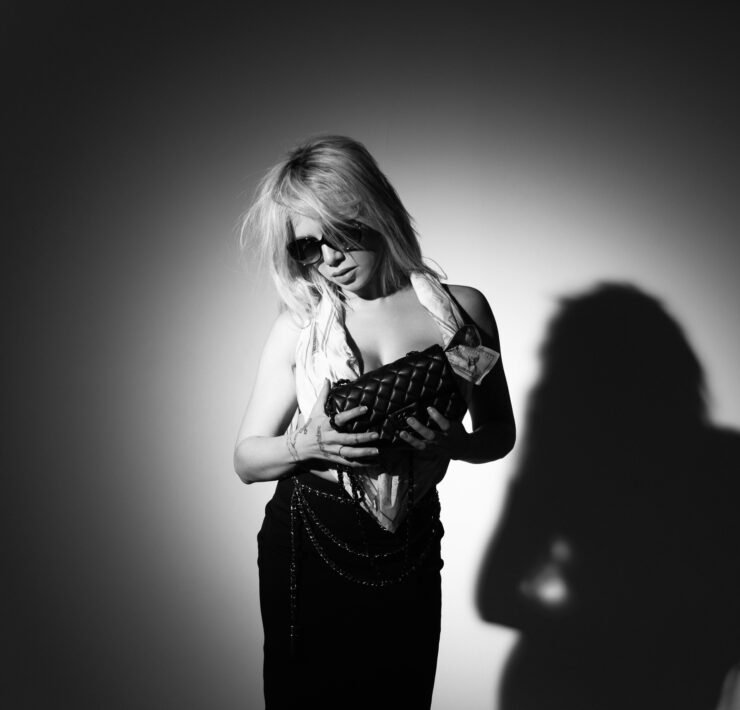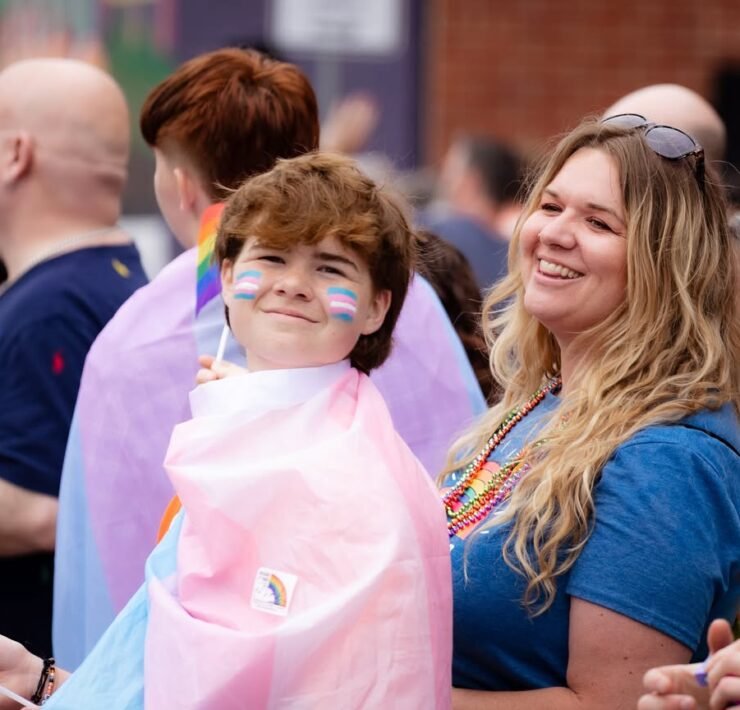From the Editor: Trans* Shouldn’t Be an Afterthought

Matthew Pizzuti Out Front Colorado's former managing editor.
Our banner is “LGBT,” but our media aren’t always good at handling the “T,” we’ve been told.
We approached this issue ambitious: to not run a little trans “profile story” but look deep into what’s new and what’s changing for transgender people in our state. When we did, we found some skepticism towards the “LGB” parts of the coalition.
That skepticism comes with reason. Trans people are often regarded as an afterthought, as if they’re just people who are so gay they fall into this other category. Or people to keep at arm’s length when we’re dealing with those on the verge of accepting same-sex relationships but who can’t wrap their heads around trans. It’s as if we’re saying, “It’s L, G and B, but then if you really want to get in to it…”
Yet trans people have been fighting front-and-center since the LGBT coalition began. On Feb. 27, more than a few transgender people showed up at the Capitol for LGBT lobby day, pushing their representatives on civil unions – an issue largely catered to lesbians and gays.
Our first cover concept for this issue was revolution with an artistic twist. We’d stage our cover models in the classic Grant Wood painting, “American Gothic.” We’d reverse their genders – new identities superimposed on an old model – to represent change.
But our cover models explained that when it comes to their lives, our idea didn’t seem new, or right, at all.
Being transgender is sometimes described as “a man trapped in a woman’s body” or vice-versa. It simplifies a concept full of individual variances and complex experiences. “Think everything you do about men and women but imagine this female body has a dude in it.” Simple enough.
23-year-old queer transman Mac Simon told me he hopes that narrative goes away soon. He said trans people are actually usually very connected to and aware of their bodies – they have to be. In our cover story, Kelly Shortandqueer describes being a trans man who still occasionally likes to wear a dress.
The “trapped” narrative fails, but what fits in its place? I imagine some would say: if being transgender is really so complicated, trans people should just deal with the oversimplification.
But what if not being transgender is really the thing that’s so complicated?
Each gender is an encyclopedia of cultural messages and mandates starting early in life. Boys play with trucks and guns. Girls play with tea sets and dolls. Boys love girls, girls love boys, boys ask girls out, girls say yes or no. Boys marry girls. Girls stay home with the kids while boys work; boys like science and medicine, girls like teaching and putting on clothes; boys like sports, girls like makeup; boys are either confident or awkward, girls are either pleasant or bitchy. Boys buy girls drinks; boys drink beer, girls drink cocktails; boys say yes, girls say maybe, boys lay down the law. Abbreviated for space.
The feminist movement, and then lesbian and gay people, have modified those rules to accommodate more women and men. Some girls can love girls; girls don’t have to wear makeup if they’re just around the house; girls can be professionals if they find a good daycare. Some boys can love boys; boys can love Judy Garland but those boys should still keep short hair and wear a tie at work; boys can wear dresses – but only until the song ends and they step off the stage. Abbreviated for space.
Fitting “transgender” into the LGB rulebook, which accepts a gender binary, would be complicated. A trans man would be, I guess, a lesbian who’s so butch he’s a man, a trans woman would be a gay guy who’s so gay she’s a woman – to gradually introduce a “mainstream” observer to progressively-increasing variance.
When I asked Simon if he had a response to the common attitude that “trans” people are just on the far ends of the spectrum of lesbian and gay – despite the fact that trans people are of any sexual orientation – he said it didn’t even make sense to begin with. Do cisgender people really think that way?
Instead of attaching complicated amendments to an already-overcomplicated paradigm, why not replace it with one, simple concept?
That is: everyone can just be who they are. And be called what they want to be called.
It’s no wonder many of the first LGBT activists were transgender people. It’s simpler to reject forcing people into a binary than to hash out tweak after little tweak trying to keep everyone in it.
Our acronym could be “T:” people whose bodies contain so damn much human they can’t fit into a section in the gender rulebook, so they dance on the pages they please.
Then there are other people, still living by “male” or “female,” but who benefit from the way trans people challenge the binary. They’re called “LGB” … if you really want to get in to it.
What's Your Reaction?
Matthew Pizzuti Out Front Colorado's former managing editor.










